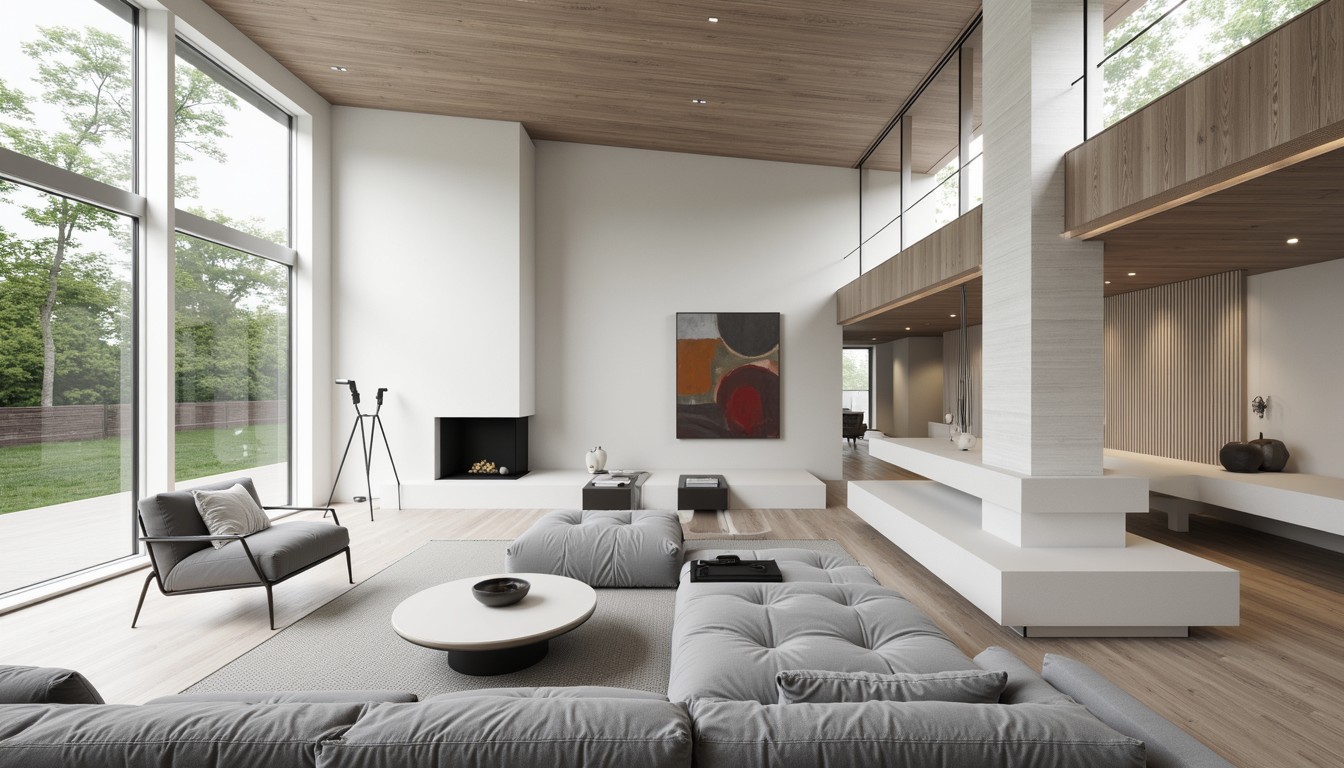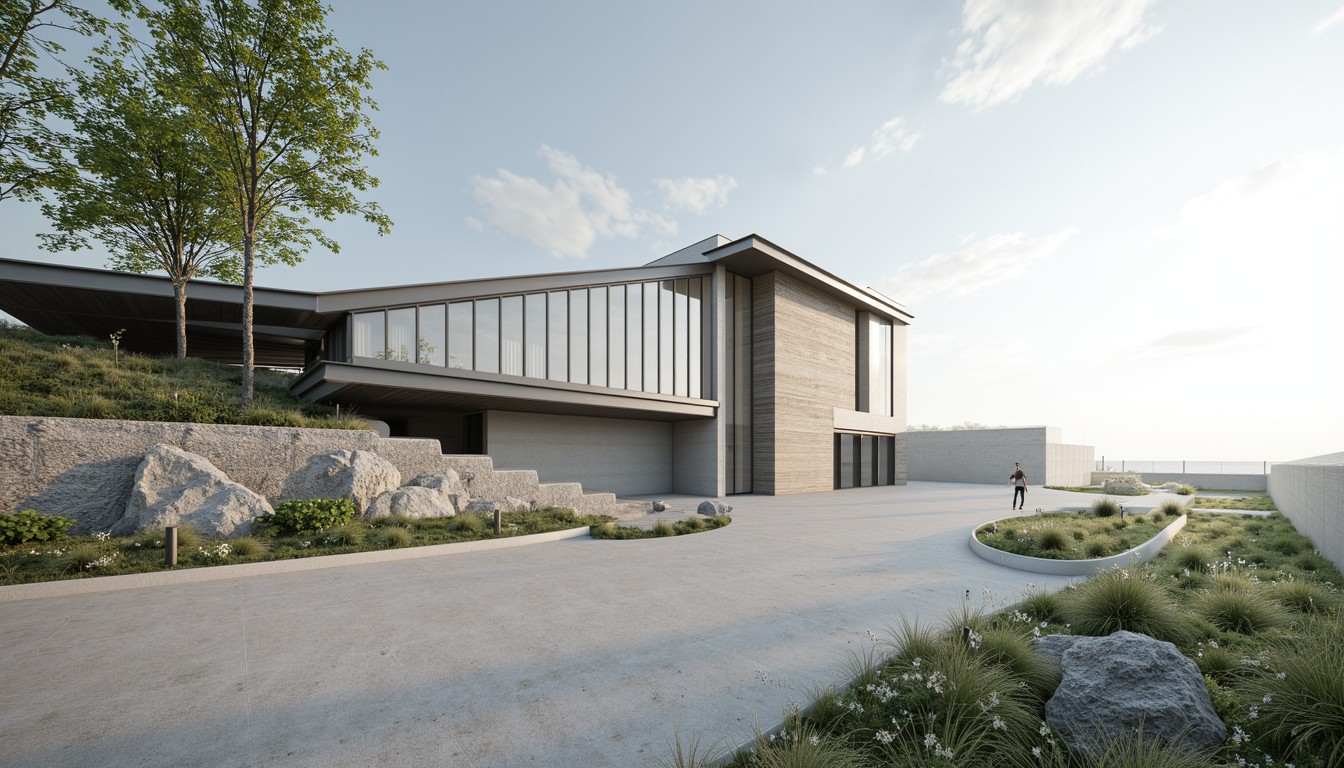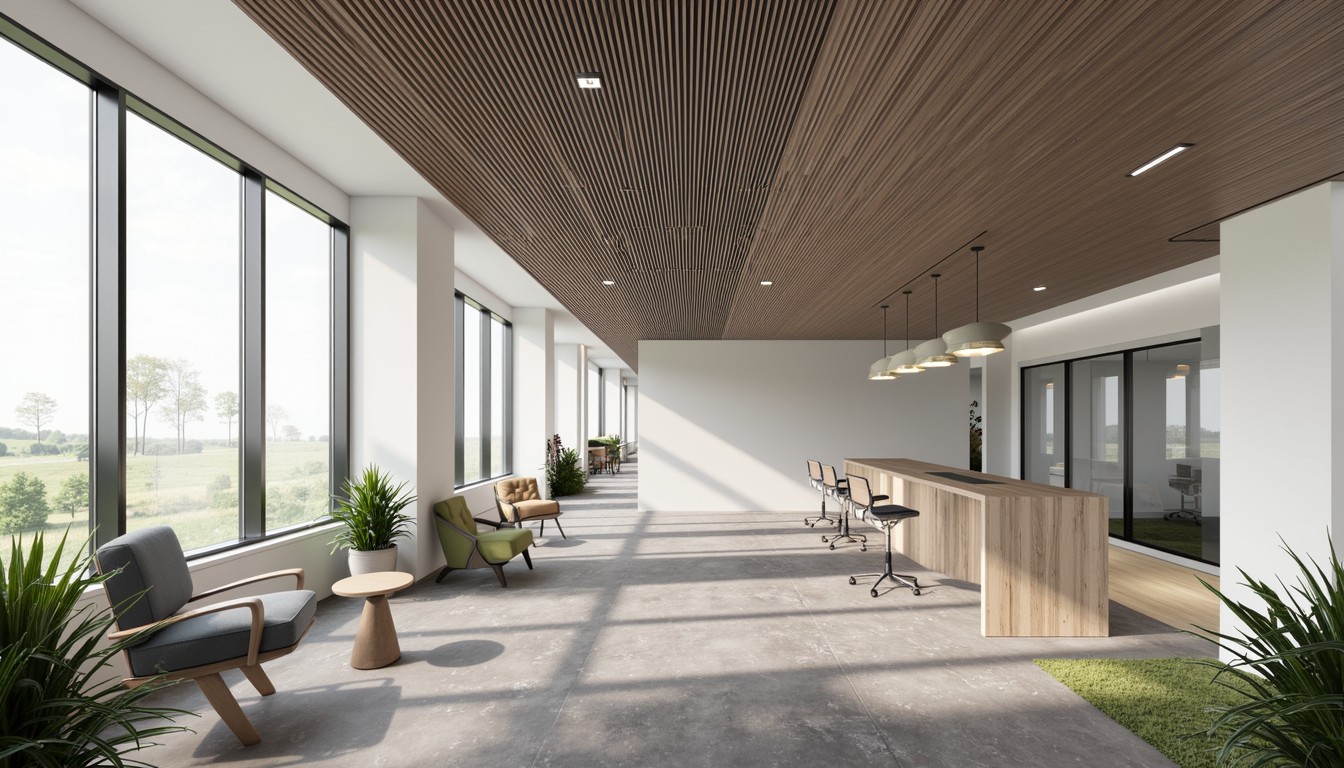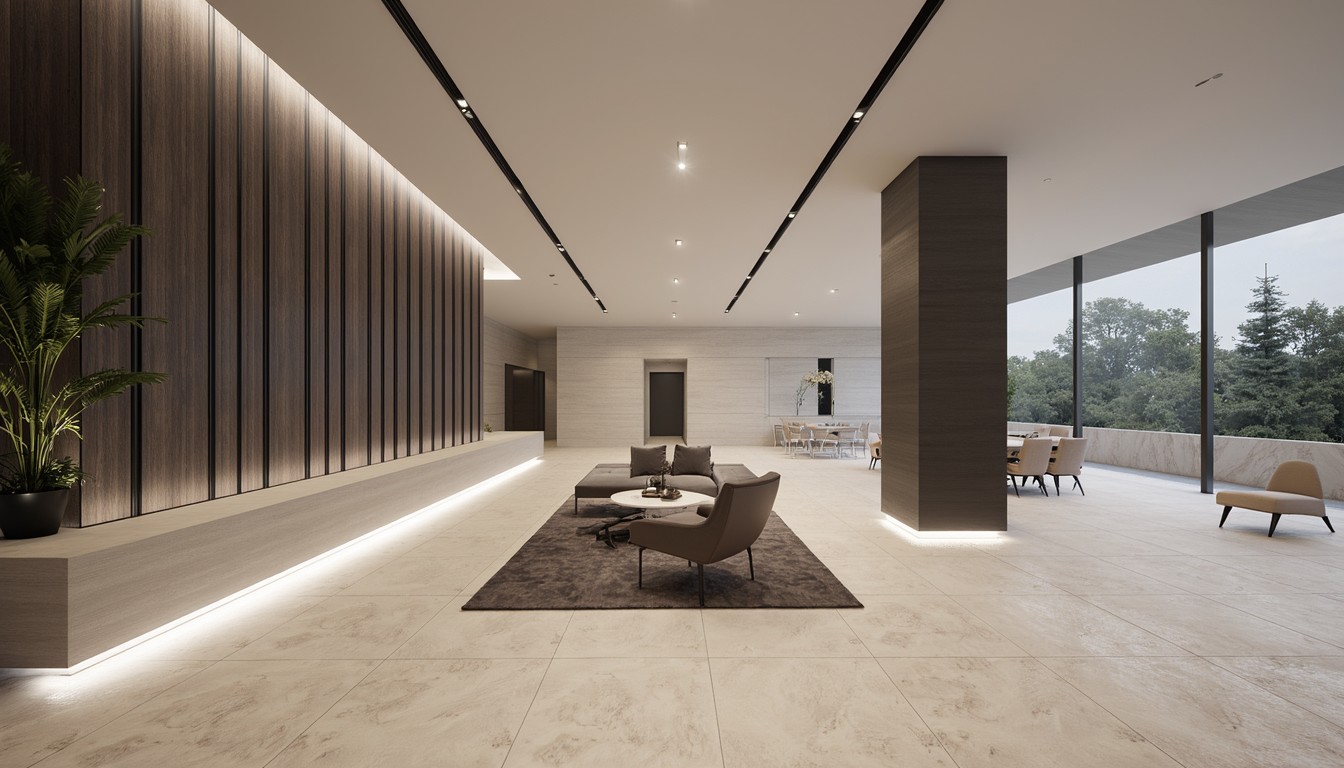VR in Architecture: Designing Tomorrow's Spaces
The architectural landscape is undergoing a dramatic transformation, driven by technological advancements that are reshaping how we design, visualize, and experience built environments. At the forefront of this revolution is Virtual Reality (VR), offering architects and designers unprecedented opportunities to create and interact with their designs in entirely new ways. ArchNav is at the cutting edge of this exciting development, utilizing the power of VR to deliver unparalleled architectural visualization services.
Immersive Design Exploration: Beyond the Blueprint

Traditional architectural blueprints and 2D models offer a limited perspective. They struggle to convey the true scale, spatial relationships, and overall ambiance of a design. VR, however, transcends these limitations. By stepping into a virtual replica of a building, architects can experience their designs firsthand, identifying potential issues and refining details with unparalleled precision. This immersive approach allows for a deeper understanding of the design's functionality and aesthetic appeal before a single brick is laid.
Imagine walking through a virtual apartment, feeling the scale of the rooms, appreciating the natural light, and experiencing the flow of spaces. This level of immersion allows for intuitive design adjustments, leading to more efficient and effective design processes. VR facilitates the detection of design flaws early on, saving time, resources, and costly revisions later in the construction phase. This is particularly valuable for complex projects involving intricate spatial arrangements or challenging site conditions.
Enhanced Client Collaboration: Shared Virtual Experiences
Client communication is paramount in architecture. However, conveying complex design ideas through traditional methods can be challenging. VR offers a powerful solution, enabling architects to share their vision with clients in a compelling and easily understandable way. Clients can experience the design firsthand, providing valuable feedback and actively participating in the design process.
This collaborative approach fosters stronger client relationships and leads to more satisfying outcomes. VR eliminates the need for lengthy explanations and interpretations, allowing for direct and immediate feedback. By experiencing the design in a virtual environment, clients develop a deeper connection with the project, enhancing their understanding and engagement.
Optimizing Design and Functionality: Real-Time Feedback

VR facilitates real-time design adjustments based on immediate feedback. Architects can experiment with different materials, lighting schemes, and spatial configurations within the virtual environment, instantly visualizing the impact of each change. This iterative design process allows for rapid prototyping and optimization, leading to more refined and functional designs.
For instance, an architect can test various lighting scenarios in a virtual museum to determine the optimal lighting for artwork display. Or, they might experiment with different furniture arrangements in a virtual office space to maximize workflow and employee comfort. The ability to make real-time adjustments and immediately assess their impact is a significant advantage of VR in architectural design.
Real-World Applications of VR in Architecture
The applications of VR in architecture are vast and constantly expanding. Here are a few real-world examples:
- Residential Design: VR allows clients to experience their future homes before construction, making informed decisions about layouts, finishes, and features.
- Commercial Design: Architects can use VR to showcase the functionality and ambiance of commercial spaces to potential tenants or investors.
- Urban Planning: VR can be used to create immersive simulations of urban environments, allowing planners and stakeholders to evaluate design proposals and their impact on the surrounding community.
- Heritage Preservation: VR can create virtual tours of historical buildings, allowing for their preservation and study without physical access.
- Interior Design: VR enhances the visualization of interior design elements, allowing for greater client engagement and more accurate design decisions.
ArchNav: Your Partner in VR Architectural Visualization

ArchNav is a leading provider of cutting-edge architectural visualization services, leveraging the power of VR to deliver exceptional results. We understand the transformative potential of VR in architecture and are committed to helping our clients harness its capabilities to create stunning and functional designs. Our team of experienced professionals combines artistic vision with technical expertise to produce high-quality VR experiences that exceed expectations.
From initial concept development to final walkthroughs, ArchNav utilizes the latest VR technologies to create immersive and interactive experiences that bring architectural designs to life. We collaborate closely with our clients to understand their vision and create custom VR solutions tailored to their specific needs. Our commitment to innovation and client satisfaction makes us the ideal partner for architects and designers seeking to leverage the power of VR.
Conclusion
VR is rapidly transforming the architectural design process, offering unprecedented opportunities for immersive exploration, enhanced client collaboration, and design optimization. ArchNav is at the forefront of this revolution, providing architects and designers with the tools and expertise to harness the full potential of VR. Contact us today to learn how we can help you design tomorrow's spaces.
